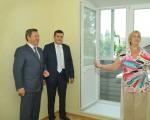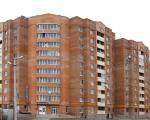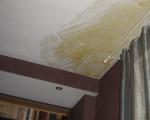How to independently transfer residential premises to non-residential premises - instructions and a list of documents
There are cases when a citizen has additional residential property in which neither he nor his family live. An idle apartment can certainly be rented out in the traditional way. However, if we are talking about residential premises located on the ground floor, then much more favorable prospects open up before their owner. In particular, an apartment can be transferred to the rank of non-residential premises and rented out as a commercial property or a shop.
Legislative aspects of the transfer of residential premises to non-residential
Before proceeding to the very process of collecting documents for transferring an apartment to the status of an office or a store, it makes sense to review the norms of the Housing Code of the Russian Federation regarding this issue. Thus, Article 22 clearly defines which of the residential areas will never be able to go into the category of non-residential.
Firstly, apartments in which an entrance isolated from the main entrance cannot be equipped are immediately swept aside, since future store buyers or office visitors will cause a lot of inconvenience to neighbors in the stairwell.
Secondly, the status of premises that are part of a residential apartment, including its separate rooms, are not subject to change. The status of non-residential property can only be assigned to the entire apartment as a whole.
Thirdly, applications for transfer regarding those apartments that are pledged or are the object of a lease agreement are not considered;
And, finally, it is strictly forbidden to transfer premises located above the first floor of an apartment building into the category of commercial real estate.
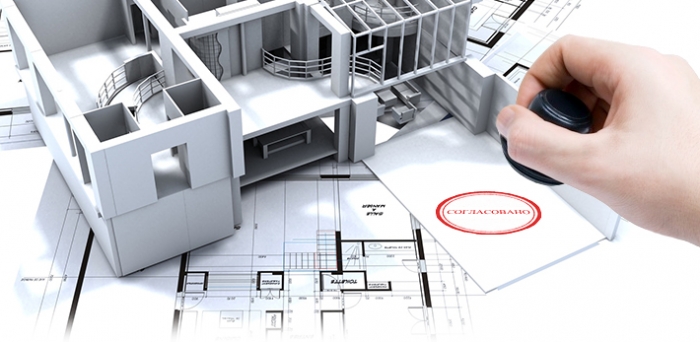
If all of these aspects do not apply to this apartment, then you can go directly to the process of transferring it to the non-residential fund. At the same time, it is also important to take into account the fact that the apartment should be fully owned by the owner.
The procedure for transferring housing to the status of commercial real estate
The main issue in the transfer of residential premises to non-residential premises is the collection of documents, since the decision of the authorized bodies on this issue largely depends on the correctness and completeness of this process. So, the package of documents on real estate should include:
- Application of the established form for the transfer of premises;
- Papers confirming the person's ownership of the apartment;
- Technical passport of the residential premises (procedure for obtaining it;
- A detailed plan for the redevelopment of the premises;
- Floor plan of the entire apartment building.
It should be noted that this list cannot be considered exhaustive, since in some cases, after studying the main array of documents, officials require the owner to give consent to the owners of other apartments in this building and other documents.
It is also important that the technical and ownership documents can be provided not in the original, but in the form of a notarized copy.
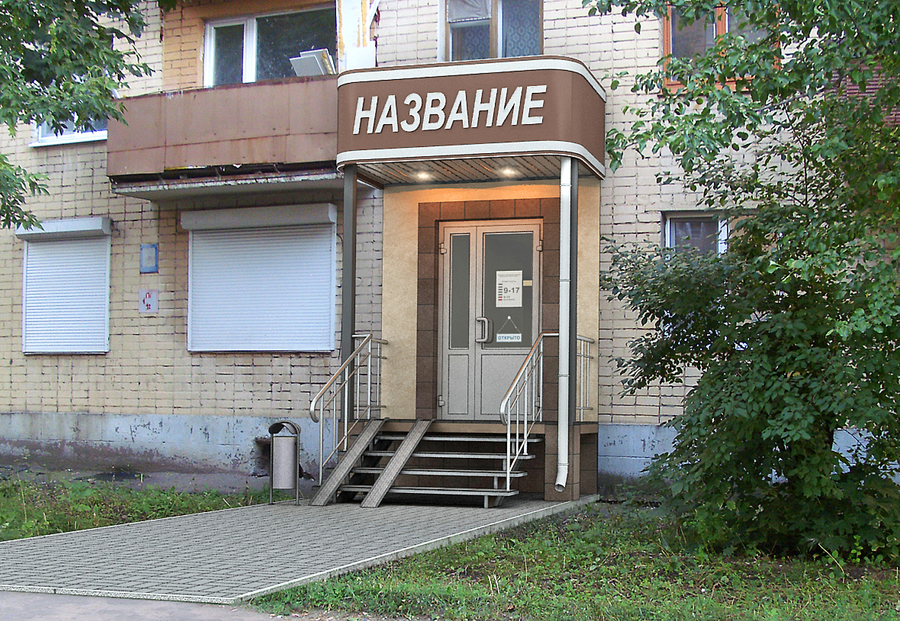
As for the application form for changing the status of real estate, it can be taken from the department of housing policy at the place of residence or from municipal authorities. In the application itself, you will need to indicate not only the address of the premises to be transferred, but also the goals of such a decision, as well as describe in detail the future functional purpose of the premises.
Technical documents for an apartment, as well as a floor plan of an apartment building, must be taken in advance from the BTI. This procedure is carried out for a small administrative fee within a few days.
If the premises transferred to the status of non-residential premises will be rebuilt in the future, then a detailed plan will need to be ordered from the design organization dealing with this issue.
A complete package of documents is submitted to the department of housing policy at the place of residence or to the appropriate department of the probationary municipal authority. Already in the process of accepting documents, employees are required to check their completeness and correctness of filling. After that, a receipt with a complete list of accepted papers is issued to the owner.
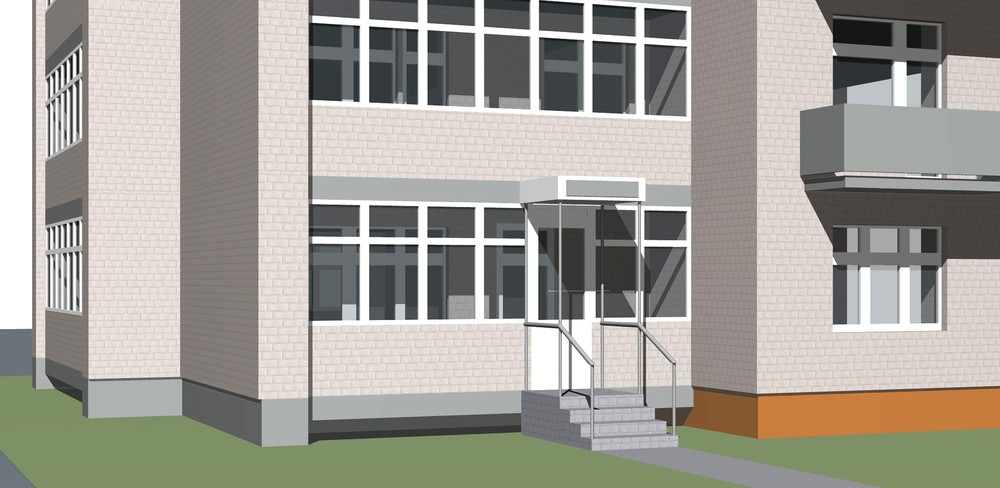
Exactly 45 days after the submission of documents, the housing commission must make a decision on assigning the apartment to the status of commercial real estate or refusing to do so. The decision itself is drawn up in writing in two copies, one of which is provided to the owner.
It should be remembered that the decision to refuse is made only if the change in the status of the premises will lead to a violation of the requirements of housing legislation, and also if the documents were not provided in full. Both in the first and in the second case, the owner of the apartment has the right to challenge the decision of the housing commission through the court.
Thus, in the case of transferring residential premises to non-residential premises, such aspects as the full compliance of the apartment with the requirements of the legislation, as well as the correctness of the collection of documents, are the main ones. If these two conditions are met, the complex process of re-registration of real estate can result in the formation of a new source of income for the owner in the form of rental payments, which are significantly higher for commercial real estate.


